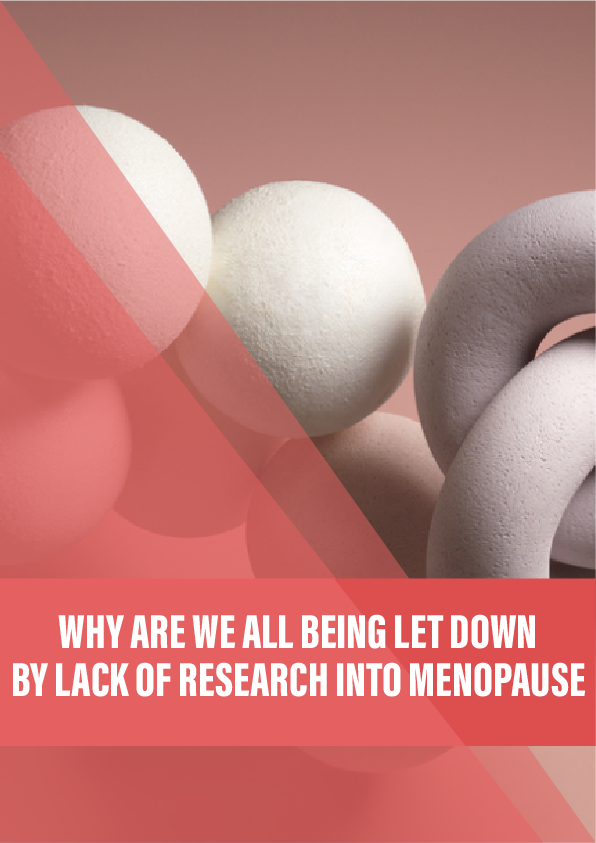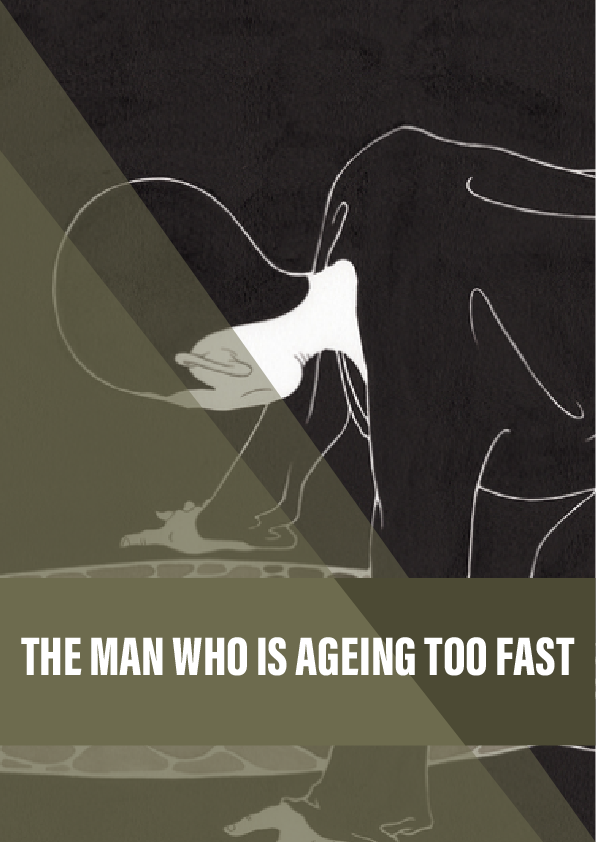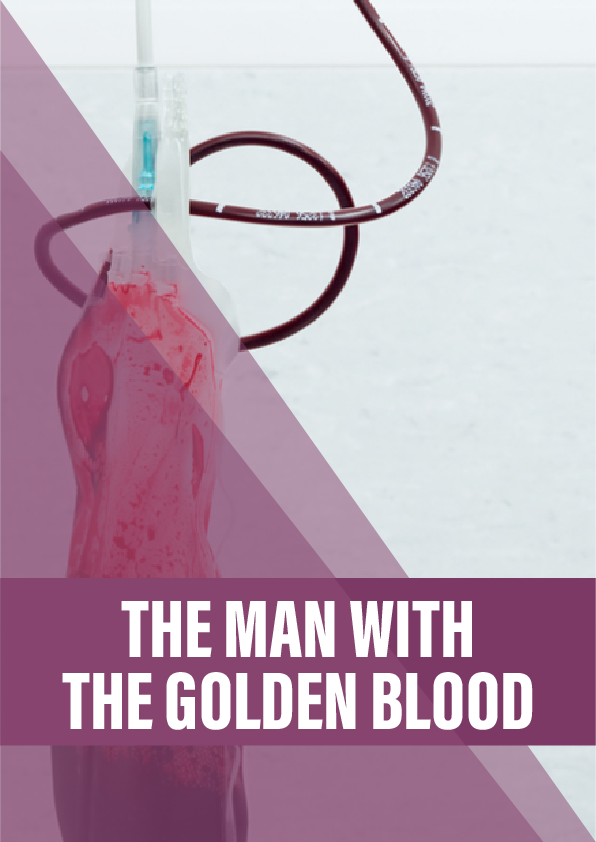There are a few things science doesn’t know about the menopause: what it’s for, how it works and how best to treat it. Approaching her second – yes, second – menopause, Rose George finds herself with more questions than answers.
My physio, a young woman called Lucy, was simply making conversation. She wanted to distract me from the serious discomfort she was about to inflict by massaging the nerves around my painful posterior tibial tendon, an ankle injury I assumed I had brought on by running too much. “My mother’s post tib has ruptured,” she said. “It’s really common in menopausal women.” This definitely worked as a distraction. What did all this have to do with the menopause, I asked? She looked surprised, because to her the answer was obvious: “Collagen.”
Suddenly something clicked, and not just in my ankle. For about a year, the skin on my hands had been peeling, monthly. I’d seen GPs and pharmacists and been given various remedies, from “try thick hand cream” to “drink more water”. Lucy’s comment made me research more: oestrogen is related to collagen production, and when oestrogen levels start to change in women who are in the stage approaching the menopause (the so-called perimenopause), all sorts can happen.
Perhaps I should have known this. I’ve already had one menopause. It was chemically induced as a treatment for my endometriosis, a condition where the cells that line the inside of the uterus (the endometrium) grow elsewhere in the body. I was given a course of injections of leuprorelin, a drug that blocks the production of oestrogen. Leuprorelin is not fussy: it can block testosterone in men and oestrogen in women, hence it’s used to treat prostate cancer and chemically castrate paedophiles, as well as to calm down inflamed female pelvises.
Reference:
- NICE’s final clinical guidelines on the diagnosis and management of the menopause, published in 2015.
- The 2002 Women’s Health Initiative study of the risks and benefits of oestrogen plus progestin, published in the Journal of the American Medical Association.
- The findings of the Million Women Study on the relationship between breast cancer and HRT, published in the Lancet in 2003.
- Samuel Shapiro and his colleagues’ investigations of the link between breast cancer and HRT were published across four separate articles. The first reviewed a 1997 meta-analysis of 51 studies on the topic. The second and third investigated respectively the Women’s Health Initiative trials of oestrogen plus progestin and oestrogen alone. The fourth article evaluated the findings of the Million Women Study.











